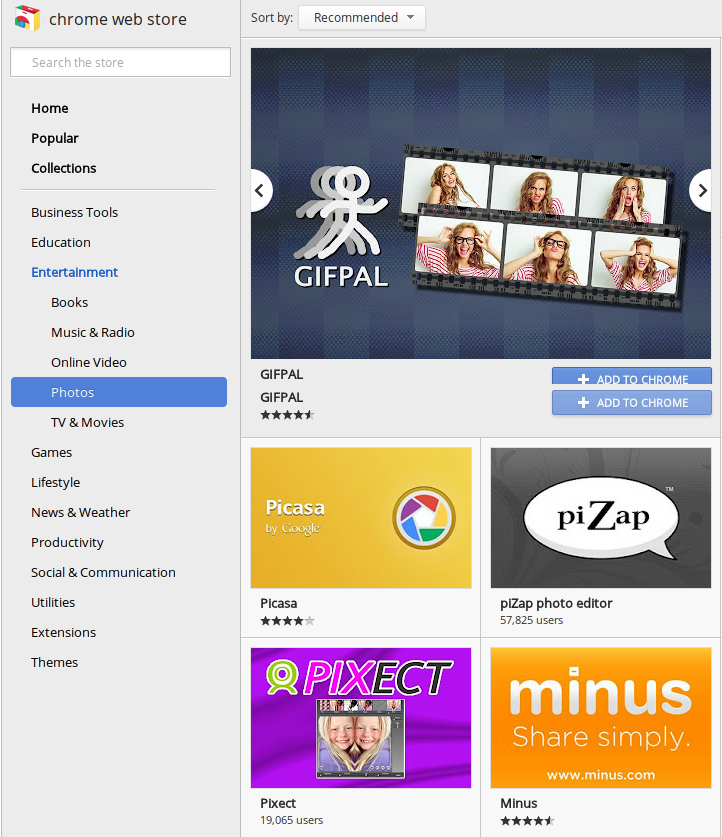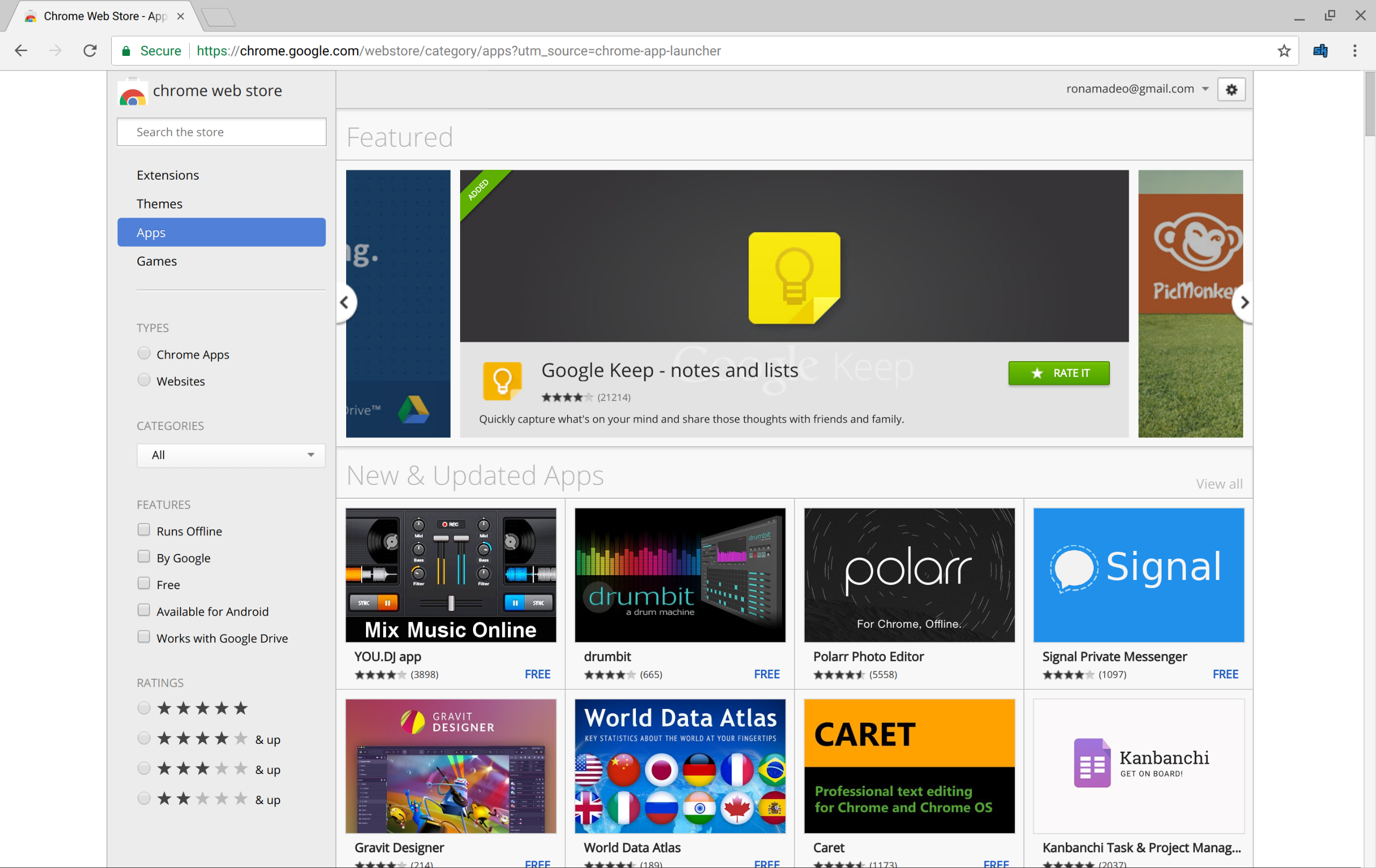

Here's how it works on the Google Chrome App Store Independent, third-party developers producing products that they feel serve a need, or solve a problem.Browser add-ons are generally written using web technologies, such as HTML, CSS,, and usually are built for one specific browser, although there are some third-party services that facilitate the creation of cross-platform browser plugins.Once a plugin has reached a level of completion and is tested, it is then released.It's possible to distribute a plugin independently, although the vast majority of developers choose instead to distribute them through Mozilla, Google and Microsoft's extensions stores.Īlthough, before it ever touches a user's computer, it has to be tested to ensure that it's safe to use. The Google-funded study found tens of millions of Chrome users have some variety of add-on based malware installed, which represents 5% of total Google traffic.The research resulted in almost 200 plugins being scrubbed from the Chrome App Store, and brought into question the overall security of the market place.So, what is Google doing to keep us safe, and how can you spot a rogue add-on? I found out.Where Add-Ons Come From Call them what you will - browser extensions, plugins or add-ons - they all come from the same place.



How Safe Is The Chrome Web Store Anyway MUO How Safe Is The Chrome Web Store Anyway A Google-funded study has found that tens of millions of Chrome users have add-ons harboring malware installed, representing 5% of total Google traffic.Are you one of these people, and what should you do? Around 33% of all Chromium users have some kind of browser plugin installed.Rather than being a niche, edge-technology used exclusively by power users, add-ons are positively mainstream, with the majority coming from the Chrome Web Store and the Firefox Add-Ons Marketplace.But how safe are they? According to research at the IEEE Symposium on Security and Privacy, the answer is not very.


 0 kommentar(er)
0 kommentar(er)
